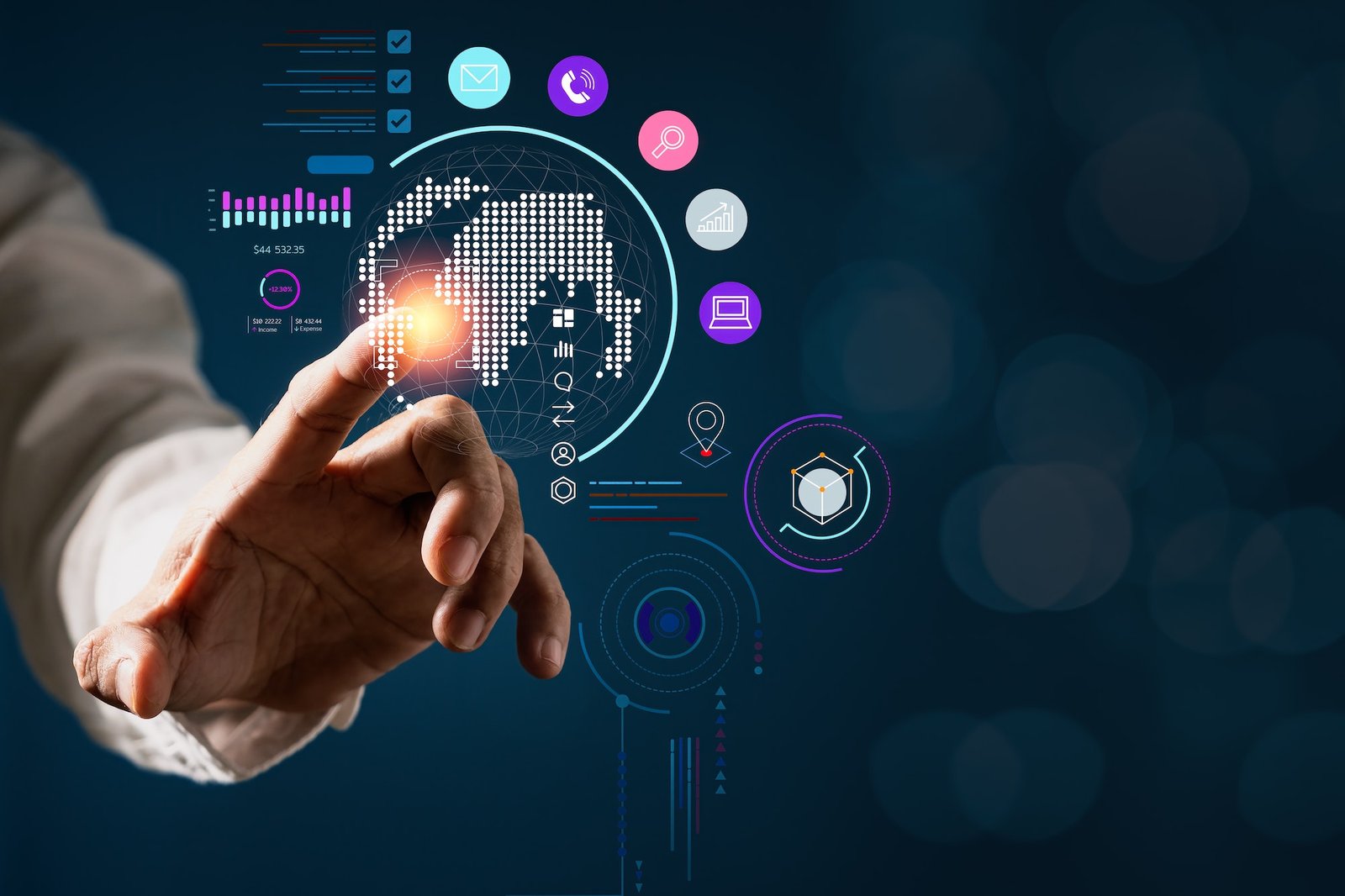The Impact of Digital Solutions on Modern Business
In today’s rapidly evolving business landscape, digital solutions are redefining how organizations operate, interact with customers, and innovate. The integration of cloud computing, big data analytics, artificial intelligence (AI), and the Internet of Things (IoT) is at the forefront of this transformation. Each of these technologies plays a critical role in streamlining operations and enhancing the overall customer experience.
Cloud computing has revolutionized the way businesses manage and store data. By leveraging cloud services, companies can scale their operations without the need for substantial physical infrastructure. This flexibility allows for improved efficiency and the capability to respond swiftly to market changes. Moreover, cloud-based solutions enhance collaboration by enabling real-time data access and sharing across various locations.
Big data analytics is another pivotal innovation, empowering businesses to harness vast amounts of data to make informed, data-driven decisions. Through advanced analytics tools, companies can uncover patterns, trends, and insights that were previously inaccessible. This newfound ability allows for more accurate forecasting, efficient resource allocation, and the development of targeted marketing strategies. For instance, retailers can use big data to optimize inventory levels and predict consumer demand, thereby minimizing costs and boosting profitability.
Artificial intelligence (AI) is transforming customer service and personalization. AI-powered chatbots provide instant, round-the-clock customer support, addressing common inquiries and freeing up human agents to tackle more complex issues. Additionally, AI algorithms can analyze user behavior to offer personalized product recommendations, enhancing the customer experience and driving sales.
The Internet of Things (IoT) is also making waves by connecting physical devices to the digital world. IoT solutions enable businesses to monitor and manage assets remotely, improving operational efficiency and reducing downtime. For example, manufacturers can utilize IoT sensors to track equipment performance in real-time, preemptively addressing maintenance needs before they escalate into costly repairs.
Despite the numerous benefits, the adoption of digital solutions is not without challenges. Businesses often face substantial initial costs and integration issues when implementing new technologies. Additionally, there is a continuous need for training and support to ensure that employees can effectively utilize these tools. Navigating these obstacles requires careful planning and a commitment to ongoing investment in digital literacy.
Digital Transformation in Education: Bridging the Gap between Learning and Technology
The education sector is undergoing a significant transformation through the integration of digital solutions. The rise of e-learning platforms, virtual classrooms, and digital content are pivotal in reshaping the landscape of education. These advanced tools are revolutionizing the way students learn, making education more accessible and engaging for a broad audience. One of the primary mechanisms driving this change is Learning Management Systems (LMS). LMS platforms offer a structured environment where students can access course materials, submit assignments, and receive feedback all in one place. This flexibility supports diverse learning schedules, accommodating both traditional and non-traditional students.
Moreover, gamification in education has emerged as an effective strategy to enhance student engagement. By incorporating game-like elements such as points, badges, and leaderboards, educators can make learning experiences more interactive and enjoyable. Another significant innovation is the use of Artificial Intelligence (AI) to create personalized learning pathways. AI algorithms analyze student performance data to identify strengths and weaknesses, enabling the delivery of customized content that meets individual learning needs. This personalized approach not only targets areas for improvement but also supports advanced learners by offering more challenging material.
The benefits of these digital solutions are profound. Flexible learning schedules allow students to learn at their own pace and convenience, which is particularly beneficial for those juggling multiple responsibilities. Improved student engagement through interactive and gamified content keeps learners motivated and invested in their education. Performance tracking features of LMS and AI tools provide valuable insights into student progress, helping educators tailor their instruction to better meet the needs of their students.
However, the implementation of these technologies is not without challenges. Ensuring digital equity is a significant concern, as not all students have equal access to necessary technological resources. Maintaining student data privacy is another critical issue, requiring robust security measures to protect sensitive information. Additionally, adequate training for teachers is essential to effectively utilize these digital tools, necessitating ongoing professional development and support.
In conclusion, the integration of digital solutions in education presents both opportunities and challenges. By addressing these issues, the education sector can bridge the gap between learning and technology, fostering an environment where every student has the chance to succeed.





